Once traversed by Swedish kings and Russian Tsar, the King’s Road meanders along the tranquil Finnish coast revealing a rich royal heritage influenced by Finland’s two conquering neighbours.
In 1809 Tsar Alexander I marched led an army into the group of provinces that makes up Finland today. It ended Sweden’s 600-year rule over Finland.
Finland Road Trip
Turku to Rauma
Turku
Finland inherited a rich history of beautifully preserved heritage towns, ancient Nordic fortresses, grand Russian architecture and restored mansions that were once graced by both Swedish and Russian royalty.
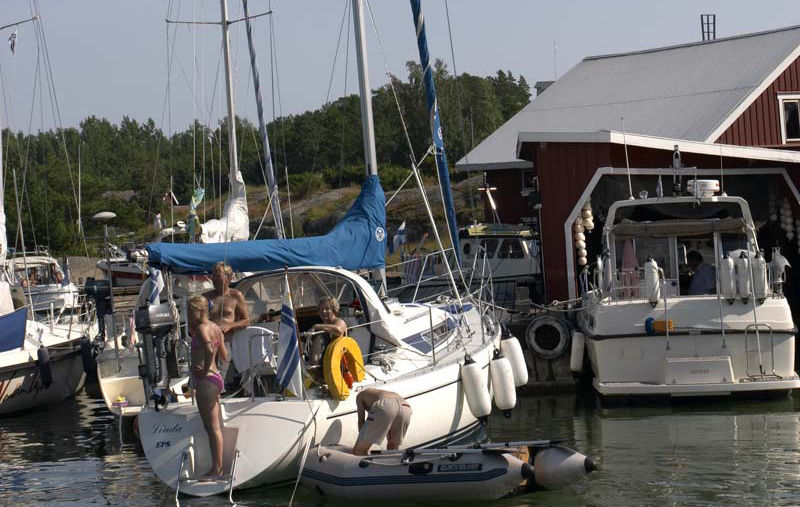
Along the royal route, Finland’s oldest city and first capital, Turku, was the main port of entry from Sweden.
This historic city is built around a harbour sheltered from the Baltic Sea. Sights – which include a medieval castle, cathedral and town square – are located conveniently along the River Aura.
The Turku archipelago has over 20,000 pristine islands and is a popular nature-based holiday spot for Finns who swarm the waterways and villages to sail, camp, fish and explore the hundreds of secluded coves in summer.
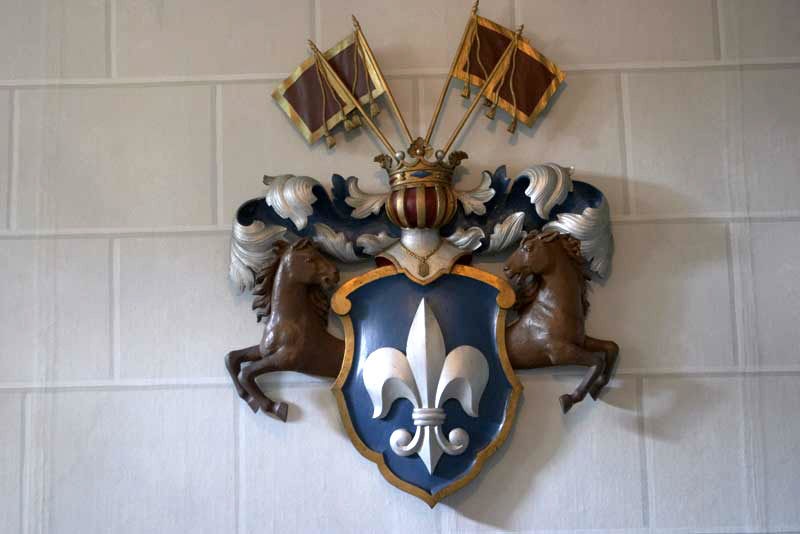
In summer, this river pulses with activity, as people gather at restaurants and bars to eat, drink and be merry (not unlike the kings and tsars once did).
The royals would have warmed themselves with mouthfuls of warm glögi – a traditional Nordic spicy hot mulled wine – and feast on platters laden with Baltic herring and smoked salmon, garnished with blue cheese and brown mustard.
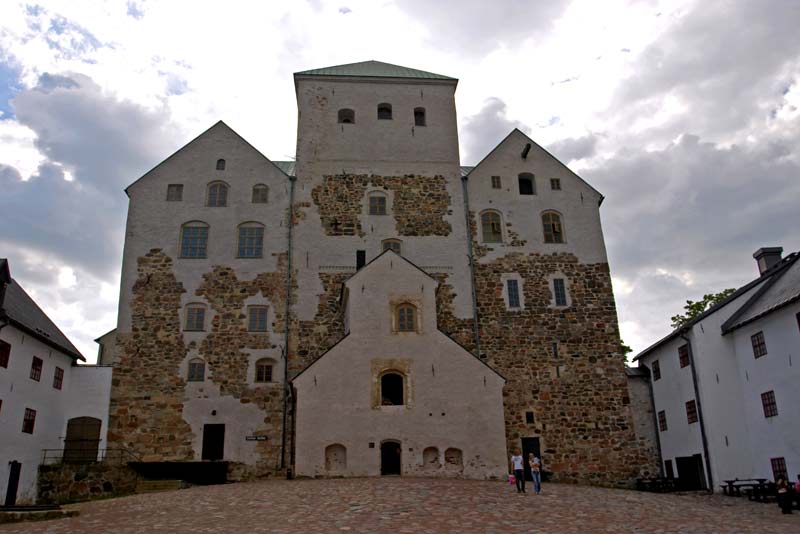
Turku Castle’s massive stone walls guard the mouth of the Aura River.
Built in 1280, it is one of the city’s top attractions and a marvel of medieval architecture.
The size and height of this rock-solid fortress is magnified by the ant-like proportions of the people wandering around next to its massive stone construction.
It’s best to visit the castle during one of the medieval festivals, dances, plays or food fairs when the atmosphere captures an ancient past.
Throughout the year, the castle’s museum has a permanent exhibition of Turku’s history with displays of ancient dress, customs and decorating styles.
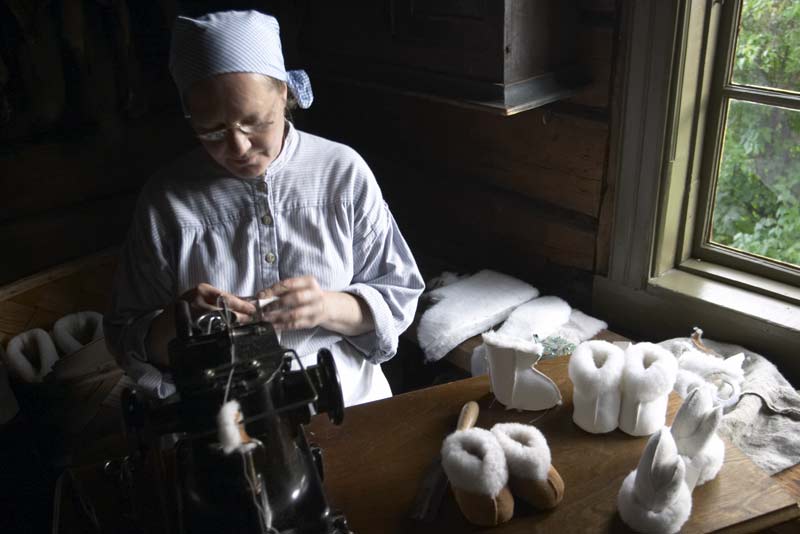
What is left of Turku’s old wooden buildings has been converted into a historical outdoor museum situated at Luostarinmäki hill with thirty workshops where artisans like lace-makers, cobblers, bakers and instrument-makers provide dexterous demonstrations of ancient techniques.
- 20 Landmarks In Finland
- 17 Nordic Noir Shows On Netflix
- 11 Things To Do In Helsinki
- 13 Things To Do In Lapland
- Finland Road Trip
- Bear Watching in Finland
Naantali
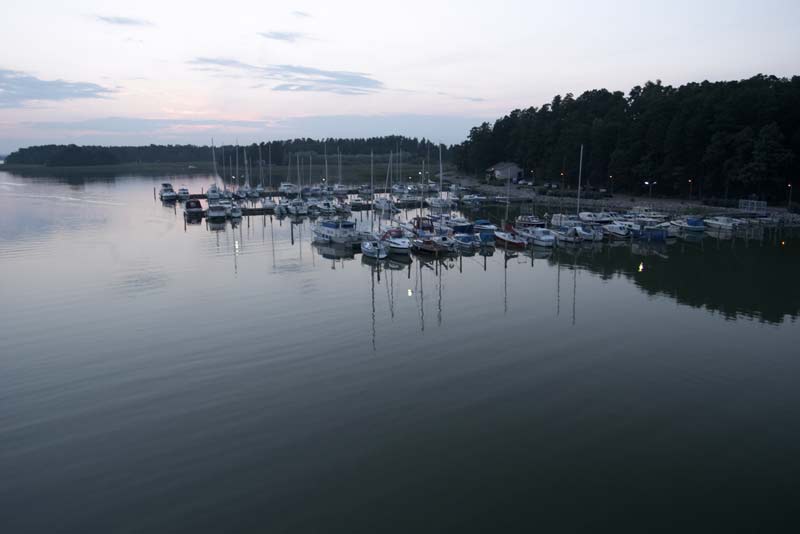
Naantali was the place where the royals would visit for health reasons. These days, Naantali is still a popular spa and wellness destination.
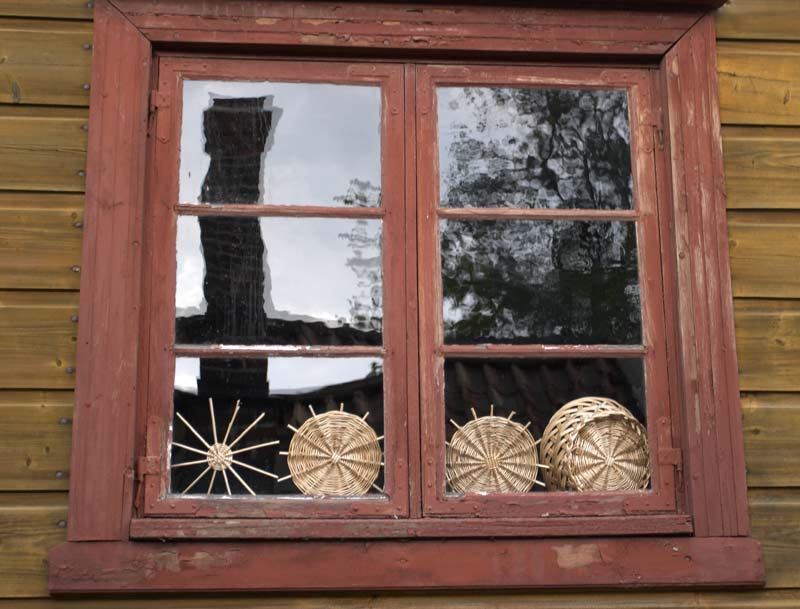
Rauma is Finland’s third oldest town and one of the country’s five UNESCO World Heritage sites.
Stroll through narrow winding streets past charming storybook pastel wooden houses, quaint craft shops and a lively market square with colourful flower stalls.
Famous for its lace, Rauma is a traditional Nordic wooden town that has been preserved almost exactly as it was hundreds of years ago.
The old section is a living museum, with a population of 600 people who live and work in these wooden heritage buildings.
The residents maintain their seafaring heritage with traditions such as decorating their windows with trinkets like china cats, colourful bottles and seashells.
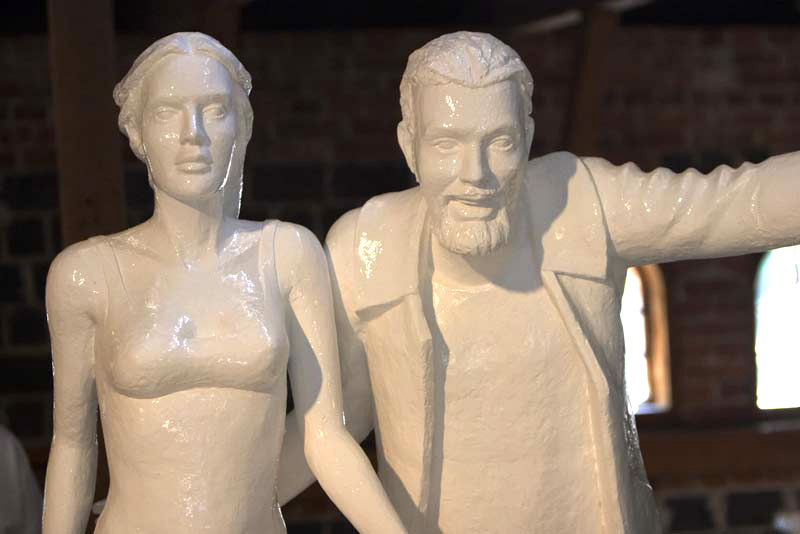
Helsinki
Closer to Helsinki, the 17th-century ironworks village of Fiskars is famous for its world-renown kitchen implement manufacturer of the same name.
In one of the refurbished village warehouses, there is a Fiskars museum that has displays of some of their historical implements and a shop that sells their newest inventions.
Since the 1970s, the Fiskars company has been attracting artisans to move into the village by providing free exhibition venues and subsidised rents.
Today a thriving community of ceramic artists, silversmiths, glassmakers, bookbinders and blacksmiths have made their home in this picturesque township.
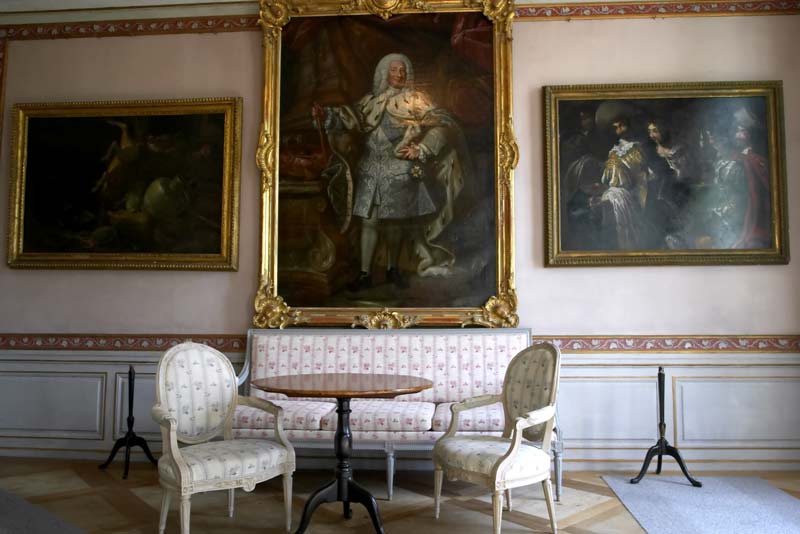
One of the places that played host to various members of royalty is Mustio Manor is.
Situated between Fiskars and Helsinki in Svarta, another converted ironworks village, Mustio Manor was built in the late 18th century by Swedish architects and happens to be the largest non-ecclesiastic wooden building in Finland.
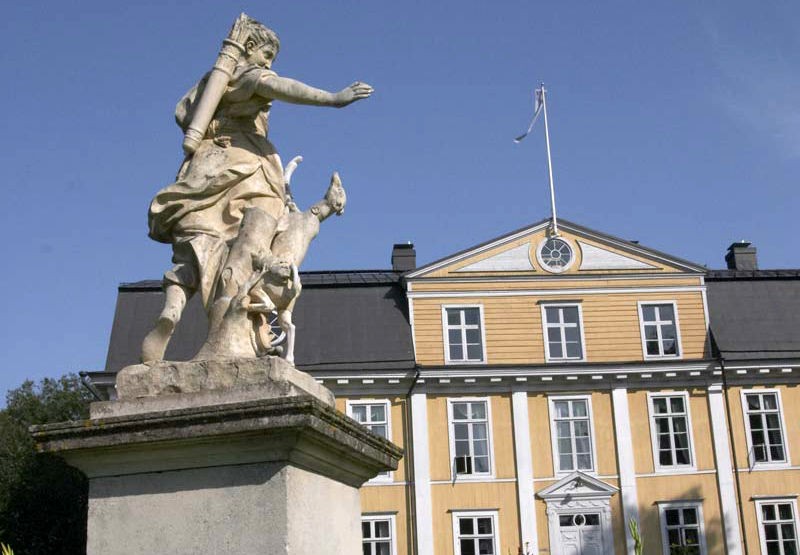
It is a large rambling mansion with creaky staircases, soaring ceilings and grand rooms furnished in the Nordic Gustavian style.
It is now a private museum with all the original furniture, murals and decorations intact, including the bedrooms that Alexander I and II of Russia and King Gustavus III from Sweden slept in.
There are polished parquet floors made out of four different kinds of wood, double-glass windows and baroque-style gardens.
The guided tour reveals interesting anecdotes about the lives of the various wealthy owners of Mustio Manor such as Hjalmar Linder – the first man in Finland to own a car – and their aristocratic guests.
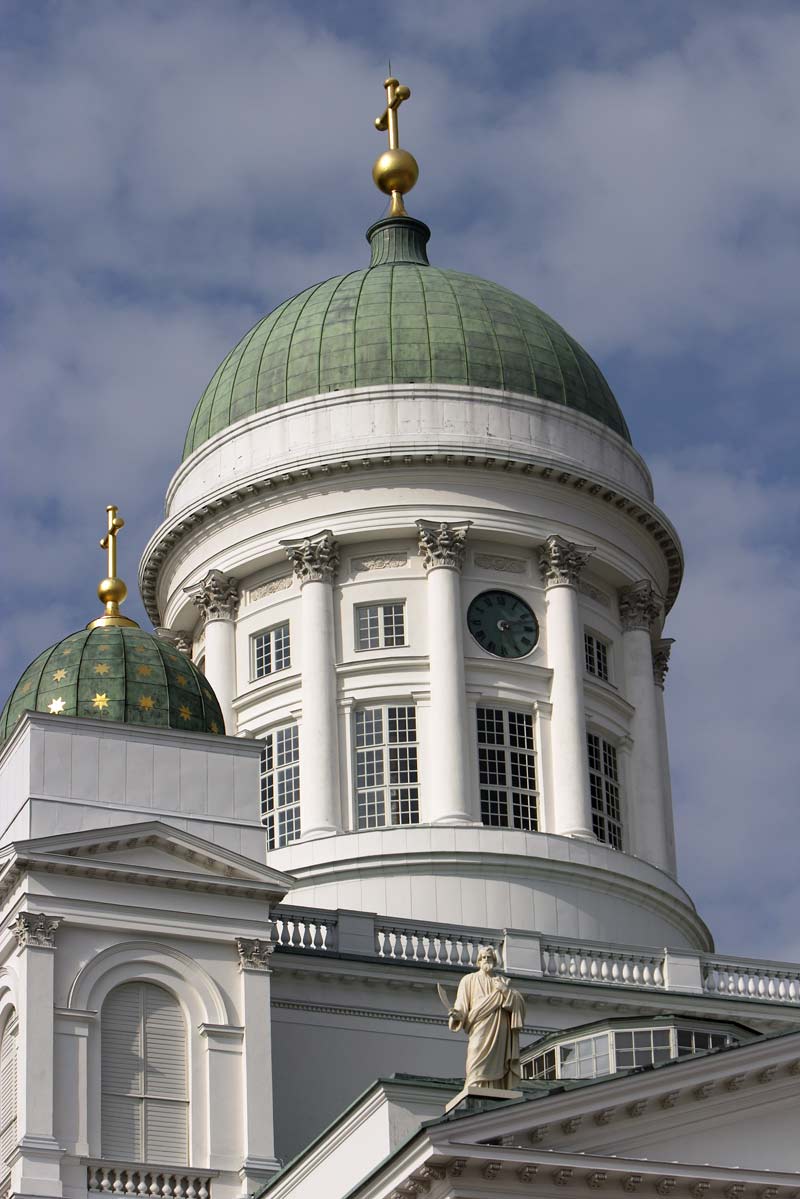
While the Swedish architects might have influenced the charming villages along the route, the Russian influence in Helsinki is unmistakable.
Senate Square is a place of historical importance that is dominated by an enormous Russian cathedral with stark white walls and impressive green domes.
Young blond couples kiss passionately in the centre of the square underneath the only remaining statue in the entire world of Alexander II (all statues in Russia of the royal family were destroyed during the revolution).
One side of the square is lined with quaint 18t h and 19th-century merchant houses that have been converted into city offices, shops and restaurants.
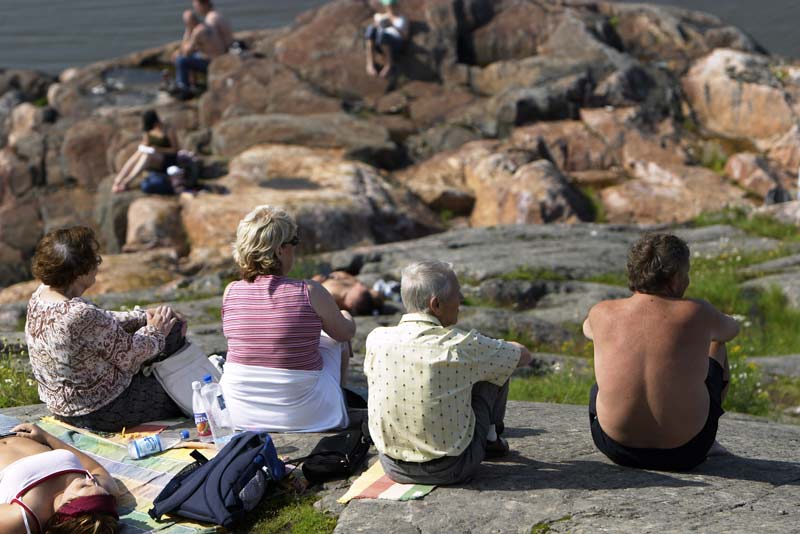
One of the world’s largest maritime fortresses, Suomenlinna, was built in the 1700’s by the Swedish as their main defence fort in order to counter the ambitions of their Russian enemies led by Peter the Great.
Stretching across six islands off Helsinki’s coast, Suomenlinna has been a UNESCO World Heritage Site since 1991.
The 15-minute ferry ride to the fortress from Helsinki’s waterfront is an enjoyable experience and provides a commanding view of the enormity of this massive military stronghold.
Worth a look are the displays at the Suomenlinna Museum which chronicle the construction of the fortress and the fleet of ships built there, as well as the daily life of the garrison.
Around 1000 people currently live in renovated ramparts and barracks on the island of Iso Mustasaari, where there are shops, a church and even a school.
While a large percentage of Soumenlinna’s residents catch the ferry to the mainland to work each day, the fortress is a popular place for Helsinki day-trippers who love sunbaking on the rocky cliffs or just idling the time away in one of the sea-view cafes.
The many tunnels of the old fortress are fascinating to explore but be prepared for a lot of walking.
Looking for more ways to explore Scandinavia? Here’s how to discover Scandinavia by train.
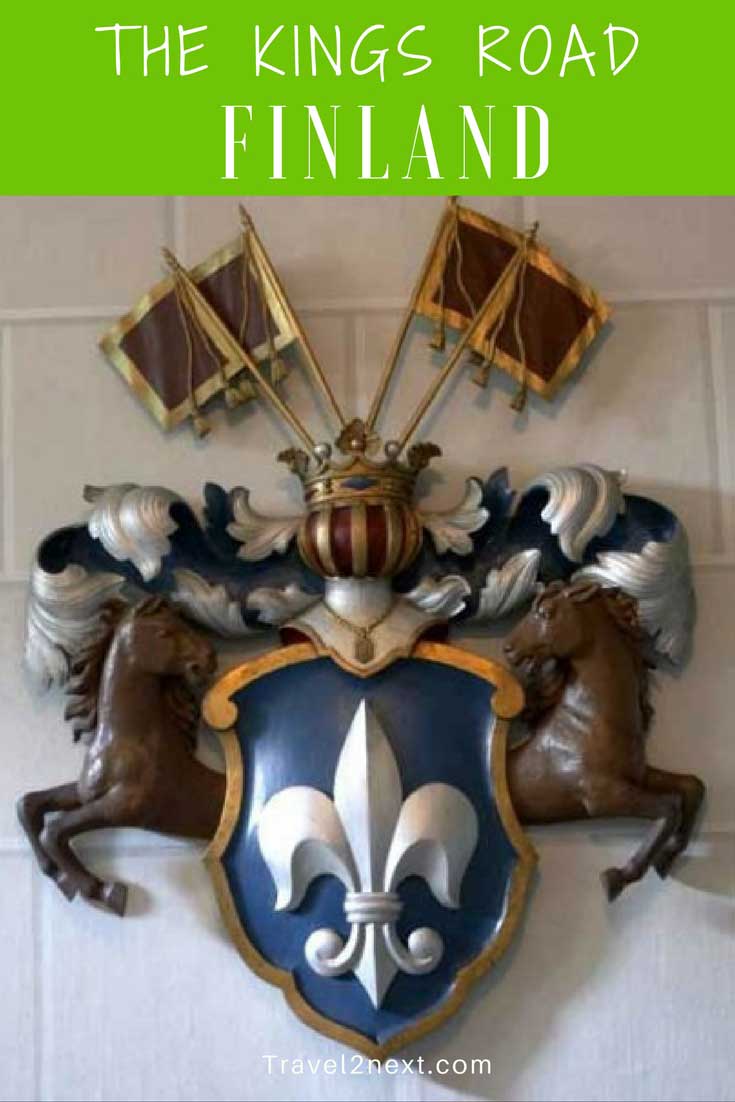
Plan Your Trip

Rent A Car – Find the best car rental rates at Discover Cars. They compare car hire companies to provide you with the best deal right now.

Find A Hotel – If you’re curious about this article and are looking for somewhere to stay, take a look at these amazing hotels.

